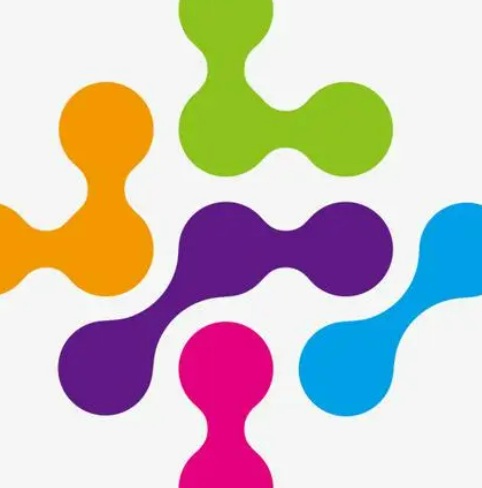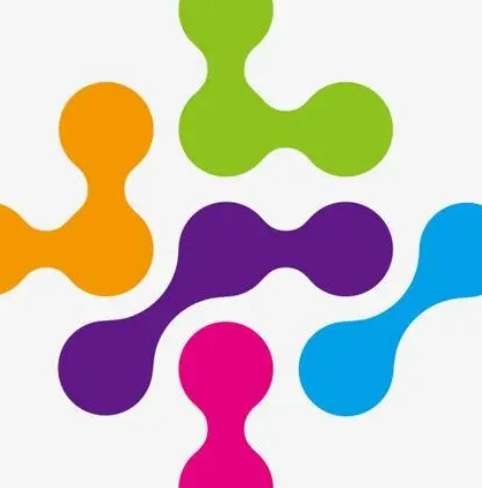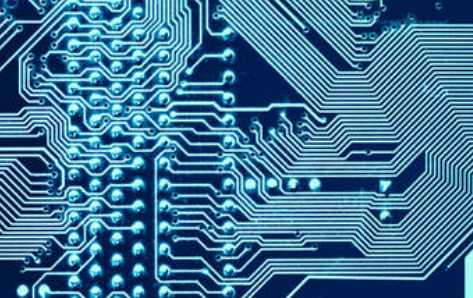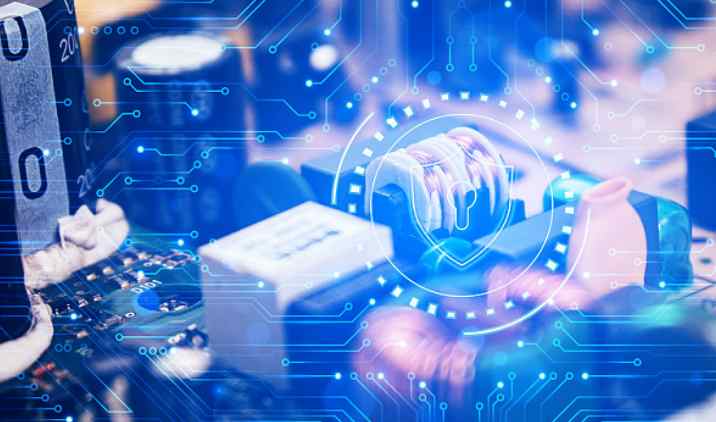
Laser marking technology is one of the biggest application fields of laser processing. Laser marking is a marking method that uses high energy density laser to locally irradiate the workpiece, which causes the surface material to vaporize or undergo a chemical reaction of color change, thus leaving a permanent mark. Laser marking can be a variety of characters, symbols and patterns, character size can be from millimeter to micron magnitude, which has a special significance for the anti-counterfeiting products.
Laser coding principle
The basic principle of laser marking is that the laser generator generates a high energy continuous laser beam, the focused laser acts on the printing material, the surface material instantaneous melting, or even gasification, through the control of the laser on the surface of the material path, so as to form the required graphic marks.
Feature One
Non-contact processing, can be marked on any special-shaped surface, the workpiece will not deformation and produce internal stress, suitable for metal, plastic, glass, ceramic, wood, leather and other materials marking.
Feature two
Almost all parts (such as piston, piston ring, valve, valve seat, hardware tools, sanitary ware, electronic components, etc.) can be marked, and marked wear-resistant, the production process is easy to realize automation, marked parts deformation is small.
Feature three
Scanning method marking, the laser beam incident on the two mirrors, the use of computer control scanning motor to drive the mirror along the X axis, Y axis rotation, laser beam focused on the marked workpiece, thus forming the trace of the laser mark.

Laser coding advantage
The laser focus after the very fine laser beam like a tool, can be the object surface material point by point removal, its advanced is the marking process for non-contact processing, does not produce mechanical extrusion or mechanical stress, so will not damage the processed goods; Because the laser focusing size is small, the heat affected area is small, and the processing is fine, therefore, some conventional methods can not achieve the process.
Laser processing using the "tool" is the focus of light spot, do not need to add additional equipment and materials, as long as the laser can work normally, can be a long time continuous processing. Laser processing speed, low cost. Laser processing by computer automatic control, production without human intervention.
What kind of information can be marked by laser is only related to the content designed in the computer. As long as the drawing marking system designed in the computer can recognize it, the marking machine can accurately restore the design information on the appropriate carrier. So the function of the software actually largely determines the function of the system.
In the application of laser in SMT field, it is mainly used to trace laser coding on PCB, and the damage of laser with different wavelength to PCB tin mask layer is inconsistent.
At present, the lasers used for laser coding are fiber laser, ultraviolet laser, green laser and CO2 laser. The commonly used lasers in the industry are UV laser and CO2 laser. Fiber laser and green laser are relatively few applications.
Fiber laser
Fiber pulse laser refers to a kind of laser produced by using glass fiber doped with rare earth elements (such as ytterbium) as the gain medium. It has very rich luminescent energy levels. Pulsed fiber laser wavelength is 1064nm (same as YAG, The difference is that the working substance of YAG is neodymium) (The typical wavelength of QCW and continuous fiber laser is 1060-1080nm, although QCW is also pulse laser, but its pulse generation mechanism is completely different, and the wavelength is also different), which is a kind of near infrared laser. It can be used to label both metallic and non-metallic materials because of their high absorptivity.
This process is realized by using the thermal effect of laser on the material, either by heating the surface material to expose the deep material with different colors, or by heating the microscopic physical changes occurring on the surface of the material by light energy (for example, some nanoscale or ten-nanometer micropores will produce the black-body effect, and very little light can be reflected. Make the material appear dark black) so that its reflective properties appear obvious changes, or through the light energy heating when certain chemical reactions, and reveal the required graphics, characters, two-dimensional code and other information.
Ultraviolet laser is a kind of short wavelength laser, generally using frequency doubling technology, the solid laser emitted infrared light (1064nm), into 355nm (triple frequency), 266nm (quadruple frequency) ultraviolet light. Its photon energy is very large, which can match the energy level of some chemical bonds (ionic bonds, covalent bonds and metal bonds) of almost all substances in nature. It directly breaks chemical bonds and causes photochemical reactions of materials without obvious thermal effect. (Certain energy levels of atomic nuclei and inner electrons can absorb ultraviolet photons, and then transfer energy through lattice vibration to produce thermal effect. But not obvious), belongs to "cold processing". Because there is no obvious thermal effect, the ultraviolet laser cannot be used for welding, generally for marking and precision cutting.







